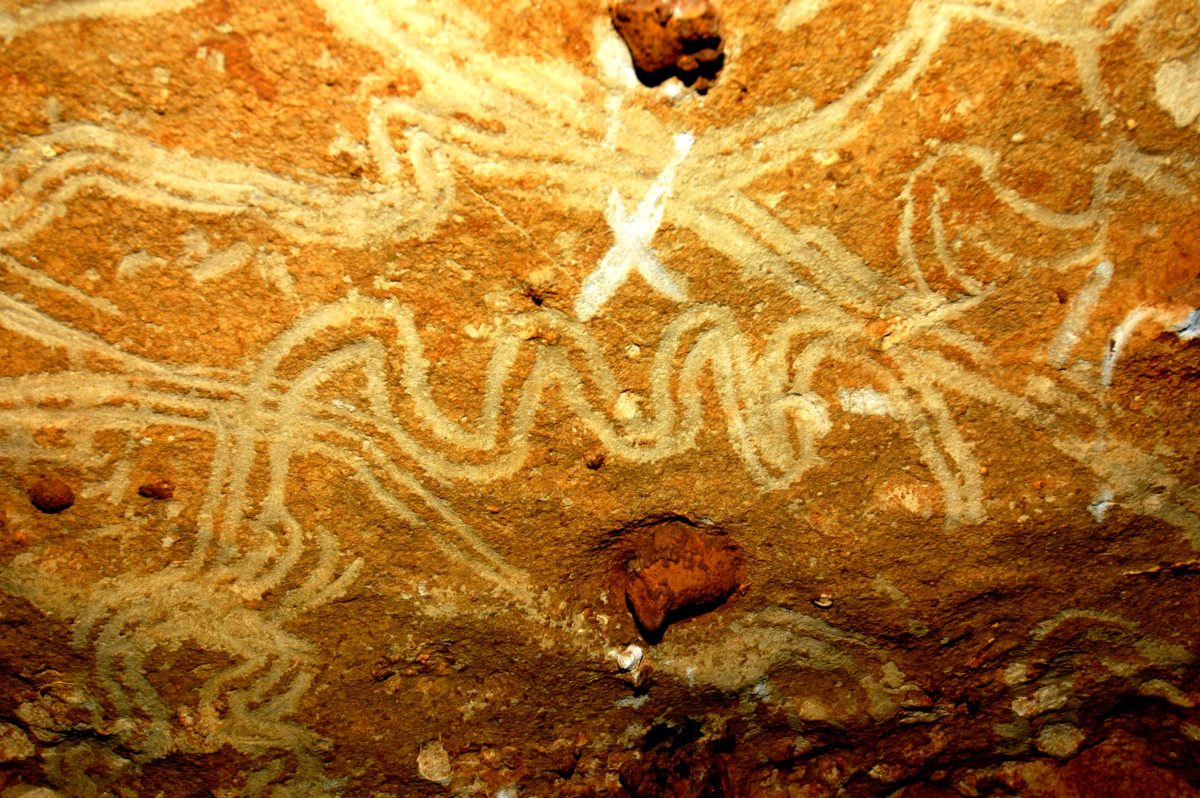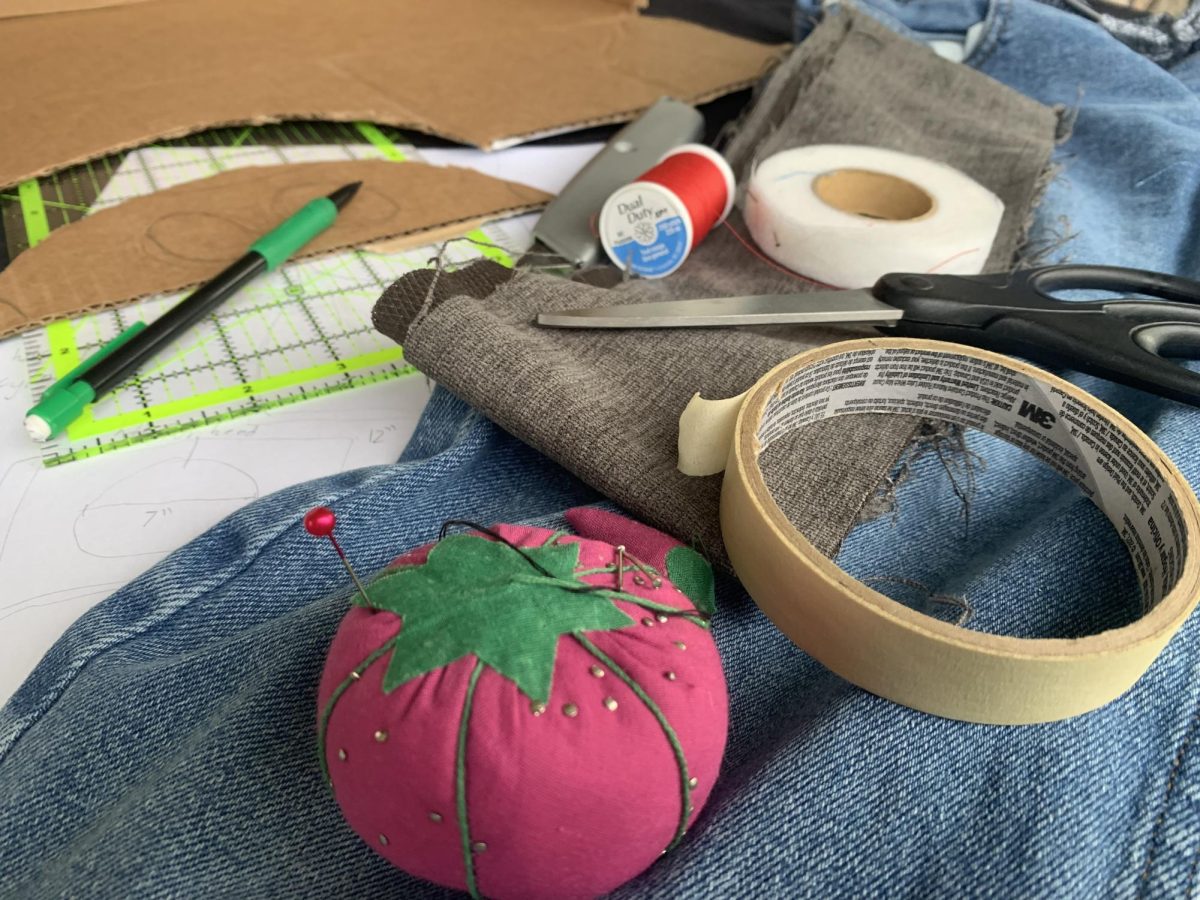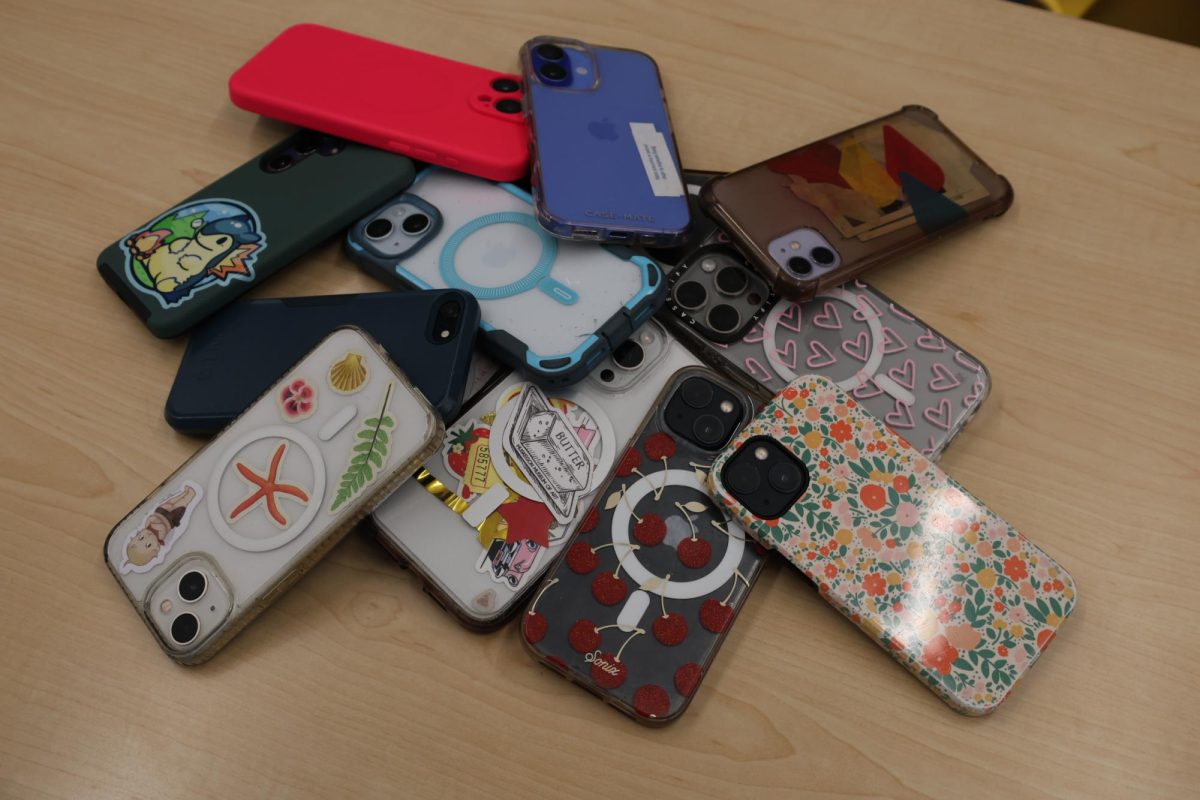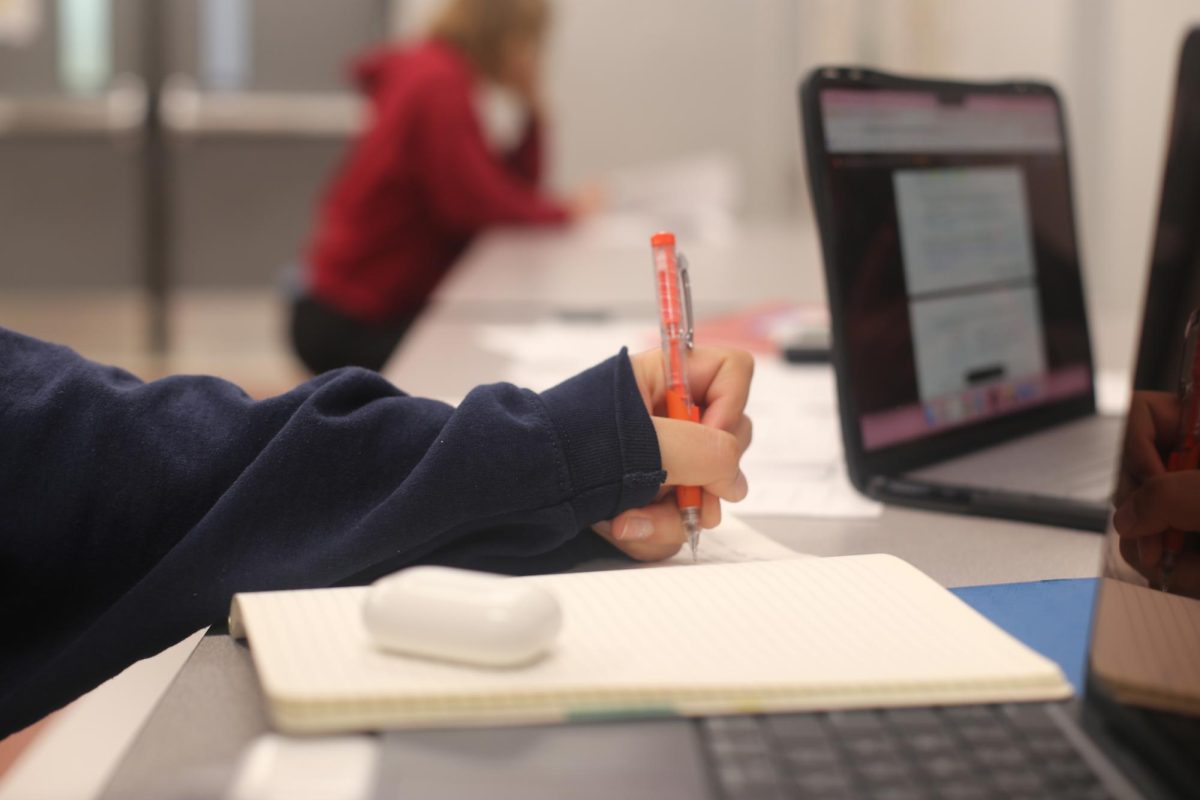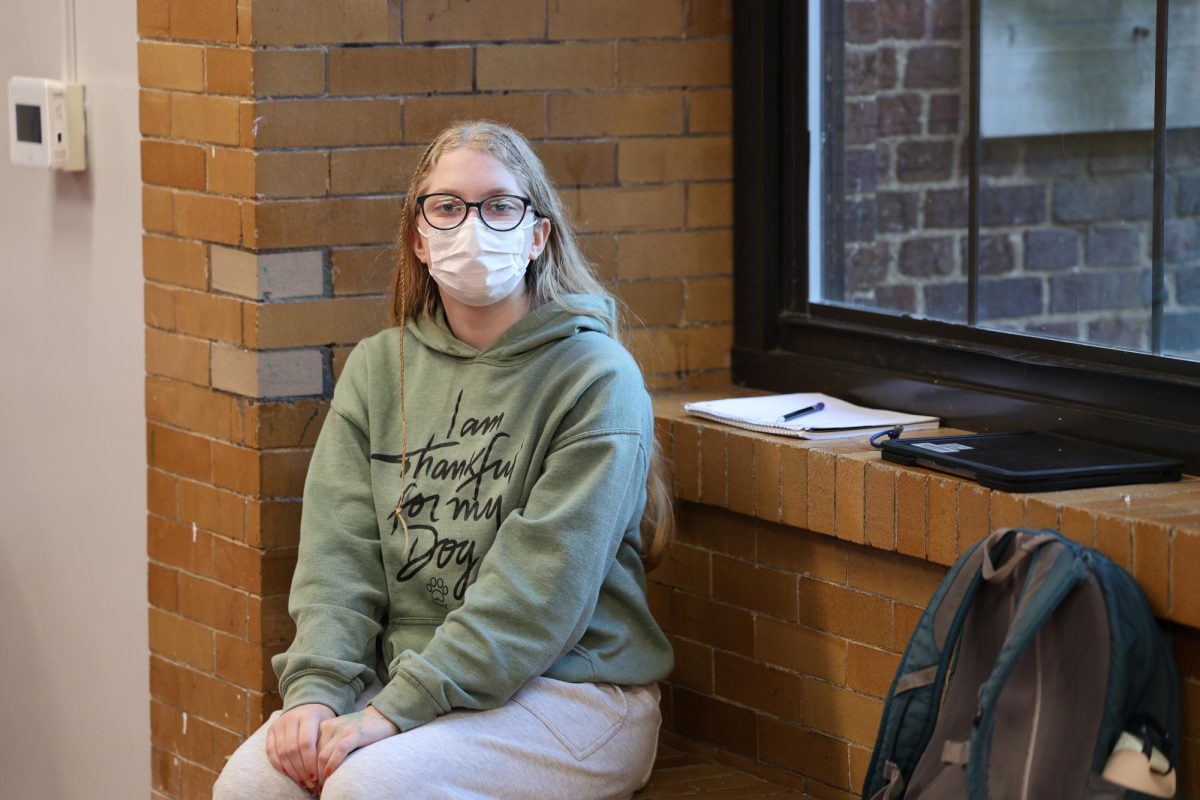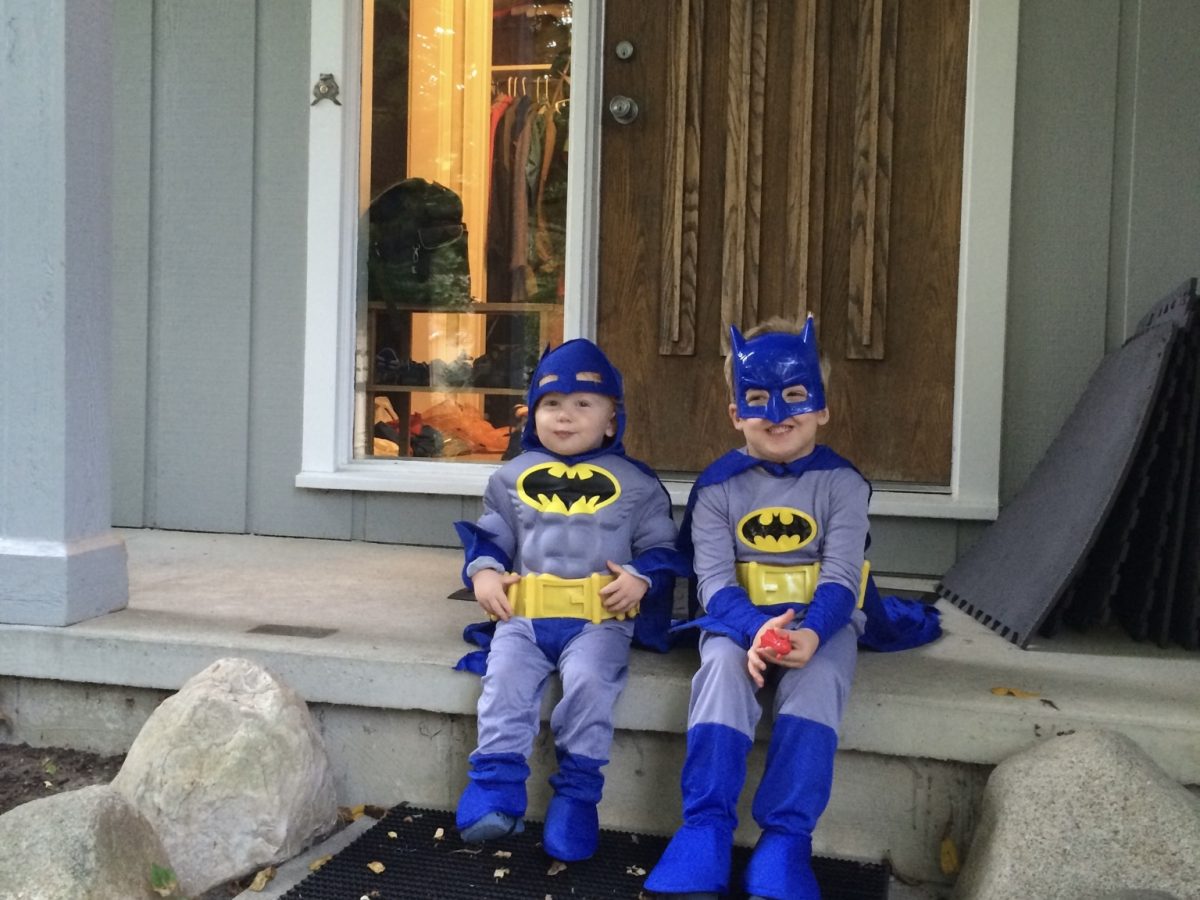Art has always been a huge part of my life. For as long as I can remember, I’ve dreamed of illustrating a book, and I sketch out designs every day. I add art to everything from birthday cards to homework doodles, and creating is the only thing that scratches the ever-present itch in the back of my mind. I’ve never stopped to consider why.
Art is something that has been around for a long time. From the earliest cave paintings to the Mona Lisa, the existence of art has always suggested the question: why? What is the purpose of art? In most cases, art is an impracticality. It takes up space, it’s time-consuming to create, its materials cost money, and in most cases, it can’t talk or move. However, beyond acting as decoration, art serves two purposes: creation and connection.
Why do we make art? It is not a modern invention. Humans have been creating and recording for almost as long as we have been on this earth. There is no evolutionary reason to spend time making art because the purpose of making art is to make art. It can’t be eaten or used, and it eats up valuable resources. It seems just to sit there, unusable and incomprehensible. Why do we make art? Well, the act of creation is in itself a loop: art is made because it matters, and art matters because it is made. The whole point of making art is to make art. Engaging in the act of creation is what makes us human. It is what separates us from animals, plants and bacteria. To pour yourself into something, to give a piece of yourself away, for no other reason than to express your imagination and individuality, is an extraordinary ability of humankind.
Art also serves the important purpose of providing connection. It serves as a brief reflection of a moment, a feeling, a person, a fleeting thought captured forever. Art is what connects humanity, from a prehistoric cave drawing created thousands of years ago, to the drawing my little sister gave me for my birthday a few months ago. People who are long gone have been immortalized in their art, and their legacy can outlast their mortality through their creative expression. There is a reason why we retell the same stories and elevate Renaissance painters to an unfathomable level of fame. Art is proof that we existed, the indisputable physical evidence that we mattered. Take the Mona Lisa, one of the most famous paintings of all time. Wood and oil paints came together under the brushstrokes of Leonardo Da Vinci to form a face that has been preserved for centuries after the subject’s death. A woman who lived hundreds of years ago is remembered by many because she was immortalized through art. A man who died more than half a millennium ago is known by countless people because of what he made. Art is humankind encapsulated, and we live on through our or others’ creations. Art can connect people across time and space alike, and it can help them to see connections in themselves as well.
Art is unique in that its meaning is in the eye of the beholder. With writing, you can judge based on a rubric, adding points for grammar and figurative language. There are rules and structures to follow. Art throws all that out the window, which is why it can often be controversial. This is important as well. A little controversy can be just what the world needs to be inspired to change. Art is inspired by the world, and in turn, the world becomes inspired by art. It’s a cycle that repeats endlessly through the years and will likely repeat until the end of humans altogether. The next time you walk past a work of art, take a second to stop and think about that. Someone made something, and you get to look at it. People will walk by and look at it for years to come. Maybe they’ll think about the same things you did when you looked at it. Maybe one day, someone will look at it, and be inspired to create art of their own, and the cycle will continue, as it always has. Maybe that someone is you.



